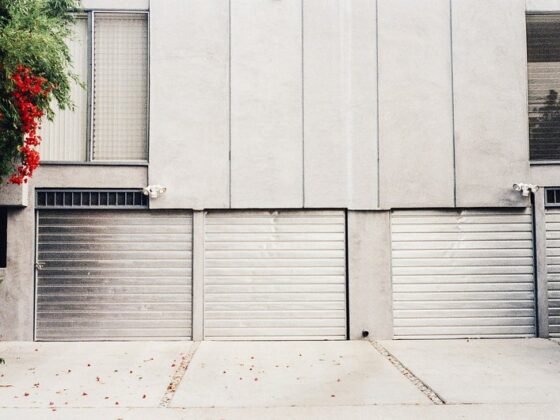Table of Contents Show
Is your lawn overrun with crabgrass, dandelions, and bald spots? Like you, many people are in the same predicament.
Most likely, you’ve spread grass seed, watered it and waited for the green sprouts to grow. Then you see thin wisps of green across your yard.
Unfortunately, spreading seed doesn’t always give you a healthy, thick lawn. Plus, it takes a whole season before your kids can play tag on the lawn or you have an outdoor barbecue.
Don’t get discouraged. Sodding can solve your lawn problems. Laying sod is the quickest way to establish a new lawn or repair damaged lawns.

Are you ready for an instant lawn that you and your family can enjoy?
Read more about how to lay sod in five easy steps.
Read Also:
Prepare the Site
Proper site and soil preparation before sod installation make it easier for turfgrass roots to penetrate deep into the soil. Deep roots make your lawn more drought-resistant, use water efficiently and become dense as new shoots emerge.
Start preparing the site by grading the area so it slopes away from your home. This helps with drainage.
After grading, cultivate your soil to a depth of about 6 to 8 inches to loosen compacted soil. The next step is to spread topsoil into the top 2-inches of subsoil.
Next, you do another grading about one-half-inch deep. After your final grading, rake the area so you have about one-half inch of loose soil.
Lightly Moisten Soil
Before laying Sod, check the soil. If it’s dry or if the weather is hot, moisten it lightly before installing your sod. The watering should just dampen the surface of the soil without making it muddy.
Stagger Sod Placement
Lay the sod pieces on top of the prepared soil so they’re staggered. Imagine how a brick wall looks. Staggering your sod slabs prevents long lines across the sod as it becomes established.
Make sure your sod edges touch each other but avoid overlapping. This will give your lawn an uneven look. Also, weeds can grow if you leave any gaps open.
Start Laying Sod at a Straight Edge
Begin laying your lawn sod on a straight edge, such as a driveway or sidewalk. As explained in the previous step, stagger your pieces and place them parallel to the first straight strip.
If you have a sloped yard, start putting down sod at the bottom of the slope and work your way up. If it’s a steep slope, you might need sod staples to hold it down for a couple of weeks.
If you don’t have a straight edge or you live on a curve, place your sod strips at right angles to the curve. You can also use a string to establish a straight line in irregular areas.
You can cut your sod with a sharp knife or sod knife to make it fit well around curves and edges.
Roll Your Installed Sod
Once you have all your sod installed, use a lawn roller to remove any air pockets that formed under the sod. The roller also presses the roots into the soil.
Rolling is an important step. If you don’t roll out the air pockets in the sod, the root system can dry out. This causes dead spots on your sod.
After rolling, water your new sod every morning for the first 7 to 10 days.
Final Thoughts About How to Lay Sod for an Instant Lawn
Now that you know how to lay sod, think about how installing sod can let you enjoy your yard again. You can have a dense, attractive lawn that increases your curb appeal and property value.
Read more gardening and lawn care articles to keep your flowers, vegetables, and lawn in tip-top shape.









